Over the last several years, we have watched grocery store prices tick upward, and many families are feeling the strain. It can be nostalgic to look back at previous decades and think, “I wish prices were still that low.” However, back 50 years ago, in 1974, families faced an economic crisis in the form of stagflation. Compared to today, the prices in the grocery store then seem low. Yet, during that time, those prices were high for consumers. This article will explore the cost of popular grocery store items from 50 years ago.
To compile a list of grocery store cost comparisons from 1974 to today, 24/7 Tempo consulted multiple sources, including the New York Times and Taste of Home. We also looked at economic websites like Investopedia, World Bank Open Data, and Treasury.gov. Before we compare grocery prices from 1974 to today, let’s examine the economic outlook 50 years ago. (After reading this article, continue journeying back to 1974 and read our list of Nostalgic 1970s Childhood Traditions That Should Make a Comeback.)
Stagflation in 1974

In 1974, the economic outlook was bleak. The 1973 to 1975 recession and soaring gas prices impacted the cost of living. Additionally, U.S. spending in the Vietnam War and the Wall Street stock crash set the economy up to face the only official stagflation in recent history. The Federal Reserve attempted to calm the impending inflation by creating a restrictive monetary policy. The result was “stagflation.” This term refers to “an economy experiencing a simultaneous increase in inflation and a stagnation of economic output.”
Many today in the United States fear an impending stagflation. Three elements are needed to officially hit that mark: high inflation, low economic growth, and high unemployment. According to Treasury.gov currently, unemployment isn’t as high as needed to be officially in a stagflation.
Economic Outlook in 1974 versus 2024
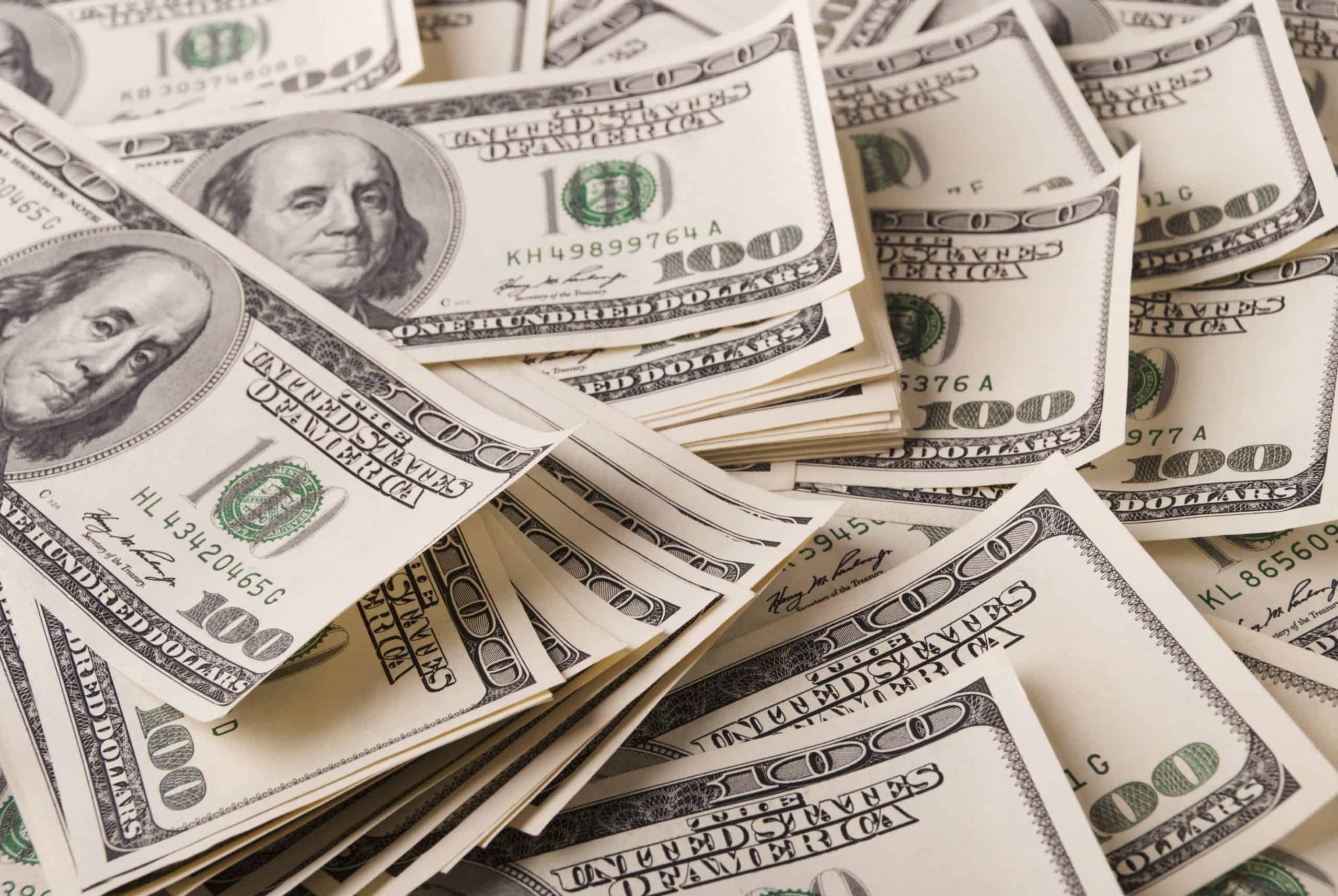
In 1974, the unemployment rate was 5.10% in January and increased to 7.2% in December. In 2024, it is currently at 3.7%. The inflation rate in 1974 was up to 11.04%, with a purchasing power decrease of 11.04%. At the start of 2023, the inflation rate was 6.4%, ending December with 4.1%. In January of 2024, the inflation rate decreased to 3.1%. According to the Federal Treasury, economic growth, or GDP, has slowed down in 2024 to 1.6%, and in 1974, it decreased to -0.54%
The federal minimum wage in 1974 was $2.00, according to Dol.gov, while today it is $7.25. The median household income in the United States was $11,100 in 1974, while in 2024, it was $77,397.
Before we get into the grocery store prices, let’s compare a few popular big-price items from 1974 to 2024. 50 years ago, the annual tuition for a public college was $512, while now it is $23,630 for out-of-state and $10,662 for the state. Additionally, private college tuition in 1974 cost, on average, $2,130, while today, the tuition averages $42,162.
In 1974, the price of a new home was around $34,900, but it now averages around $384,500. Additionally, driving a new car off the lot would have cost you approximately $4,441 50 years ago, but today, the price averages around $47,244.
A Grocery Store Comparison

Rearview shot of a young woman shopping at a grocery store
Over the last 50 years, the economy has experienced its share of ups and downs. The average cost of popular items has changed substantially in some areas, while other prices have only slightly increased. Grocery store prices vary depending on the brands you buy, the particular grocery store you are shopping at, and the location of the store. The prices on this list are averages based on data across the nation from today and 1974.
Let’s compare the average cost of popular grocery store items from 50 years ago to today.
Gallon of Milk
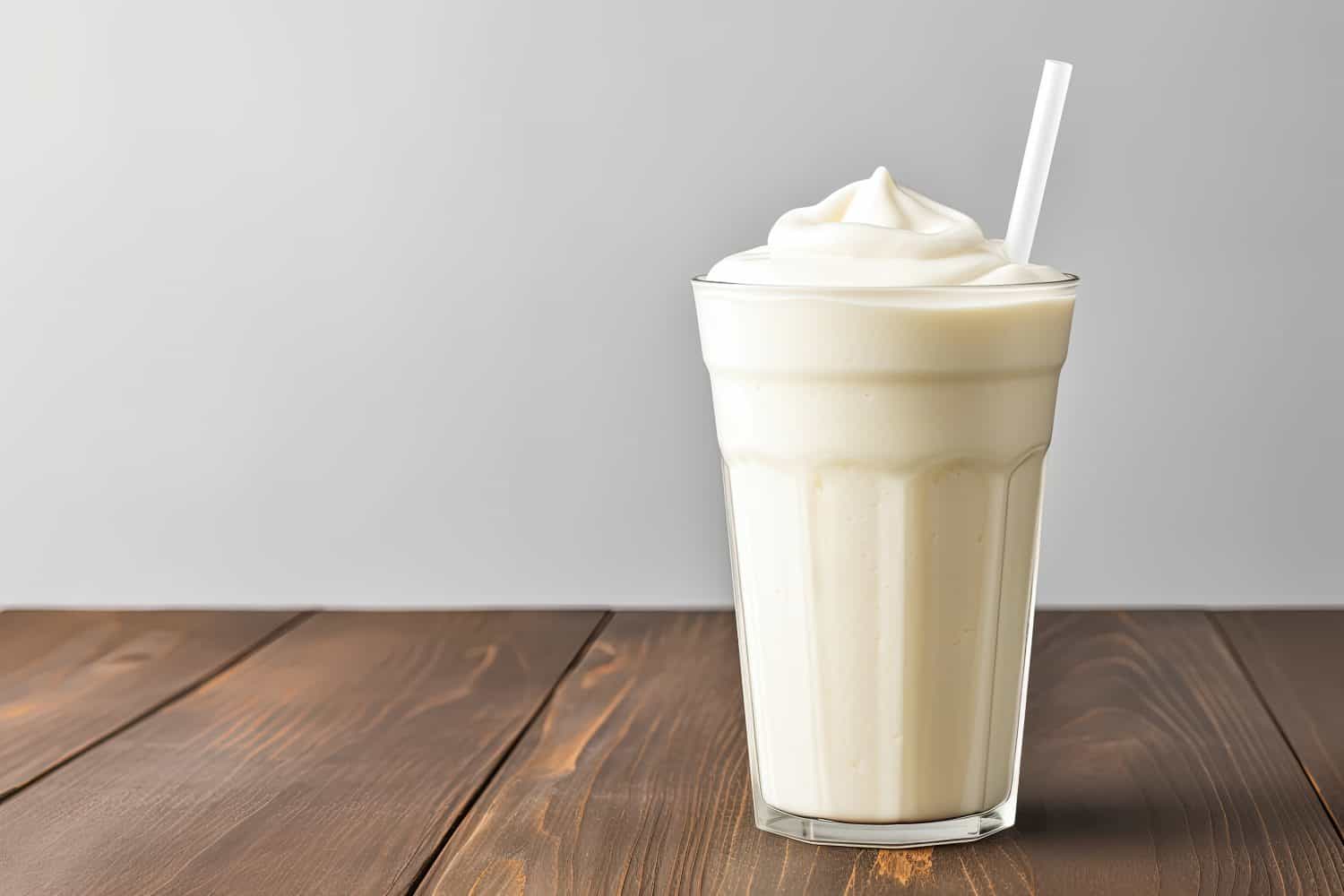
- Average Cost in 1974: $1.39
- Average Cost in 2024: $3.96
Loaf of Bread

- Average Cost in 1974: $0.28
- Average Cost in 2024: $2.54
Carton of Eggs
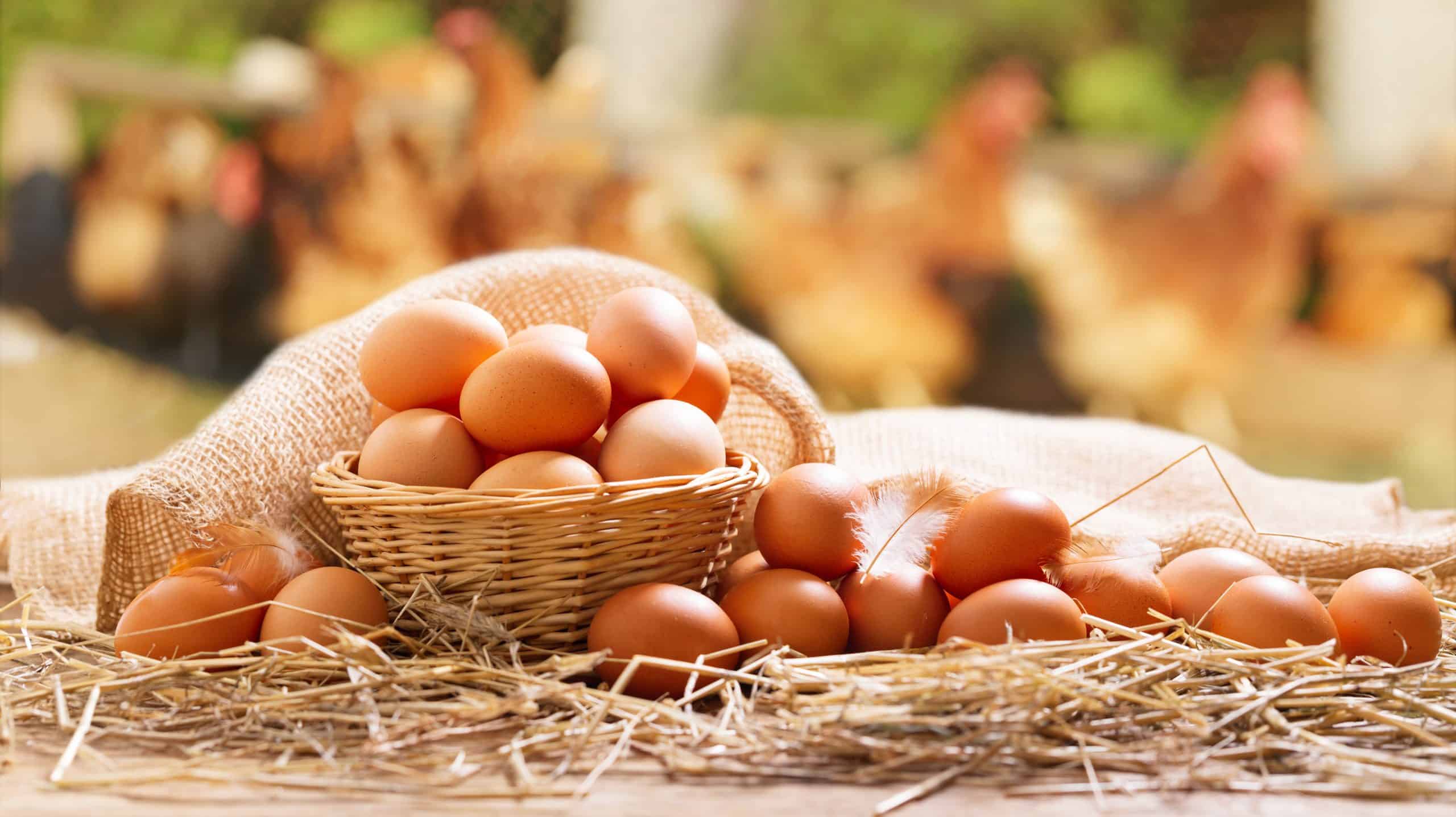
- Average Cost in 1974: $.045
- Average Cost in 2024: $2.24 per dozen
Crisco Oil
- Average Cost in 1974: $1.29
- Average Cost in 2024: $4.98
Can of Coffee
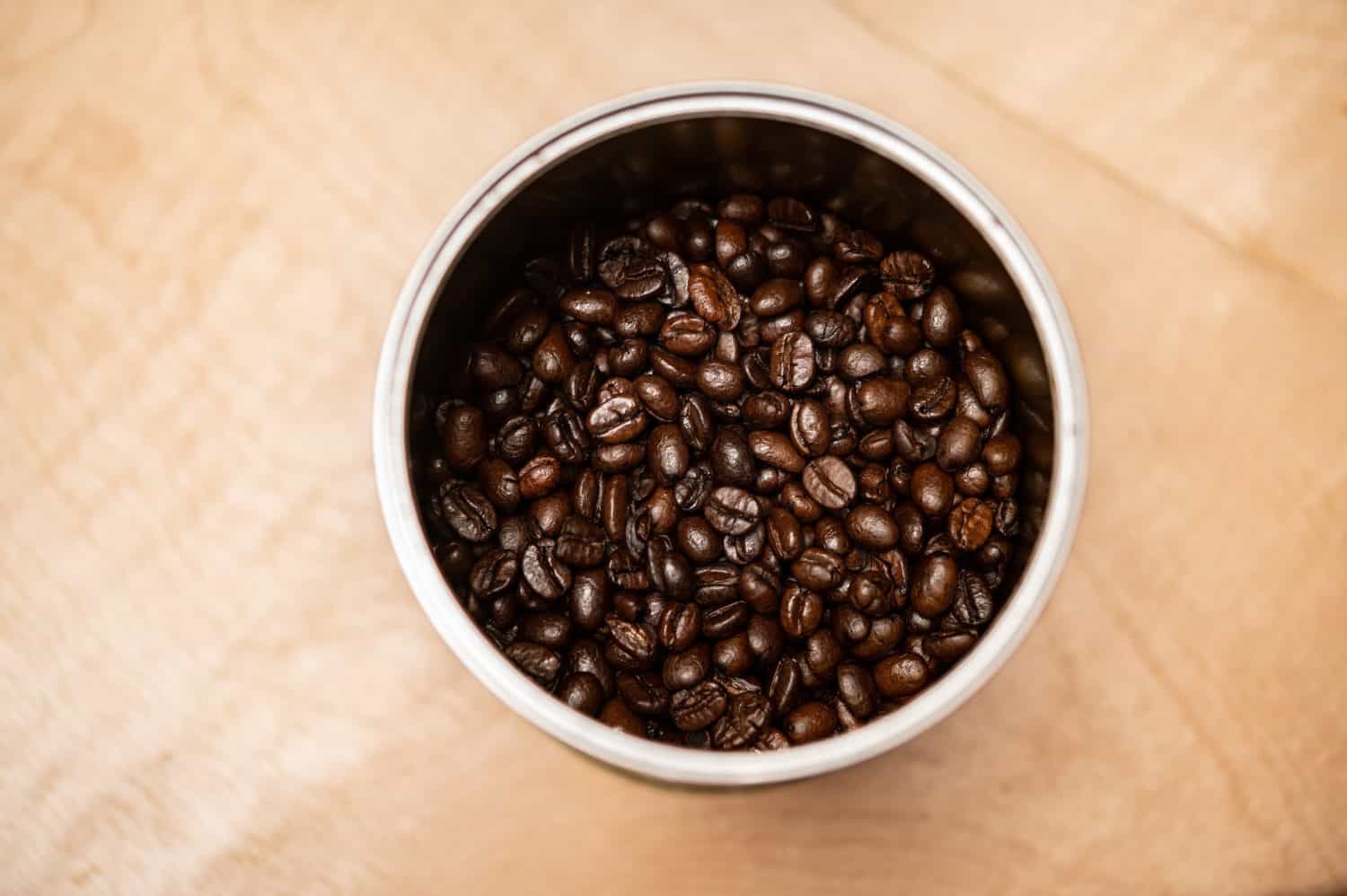
- Average Cost in 1974: $1.79 per two pounds
- Average Cost in 2024: $13.24 per two pounds
Jar of Peanut Butter

Unrecognizable little boy sits at a table eating peanuts
- Average Cost in 1974: $0.55 (12-ounce jar skippy)
- Average Cost 2024: $3.19 (16-ounce jar of Skippy)
The 16-ounce jar was the smallest found on the Skippy website currently.
Can of Tuna
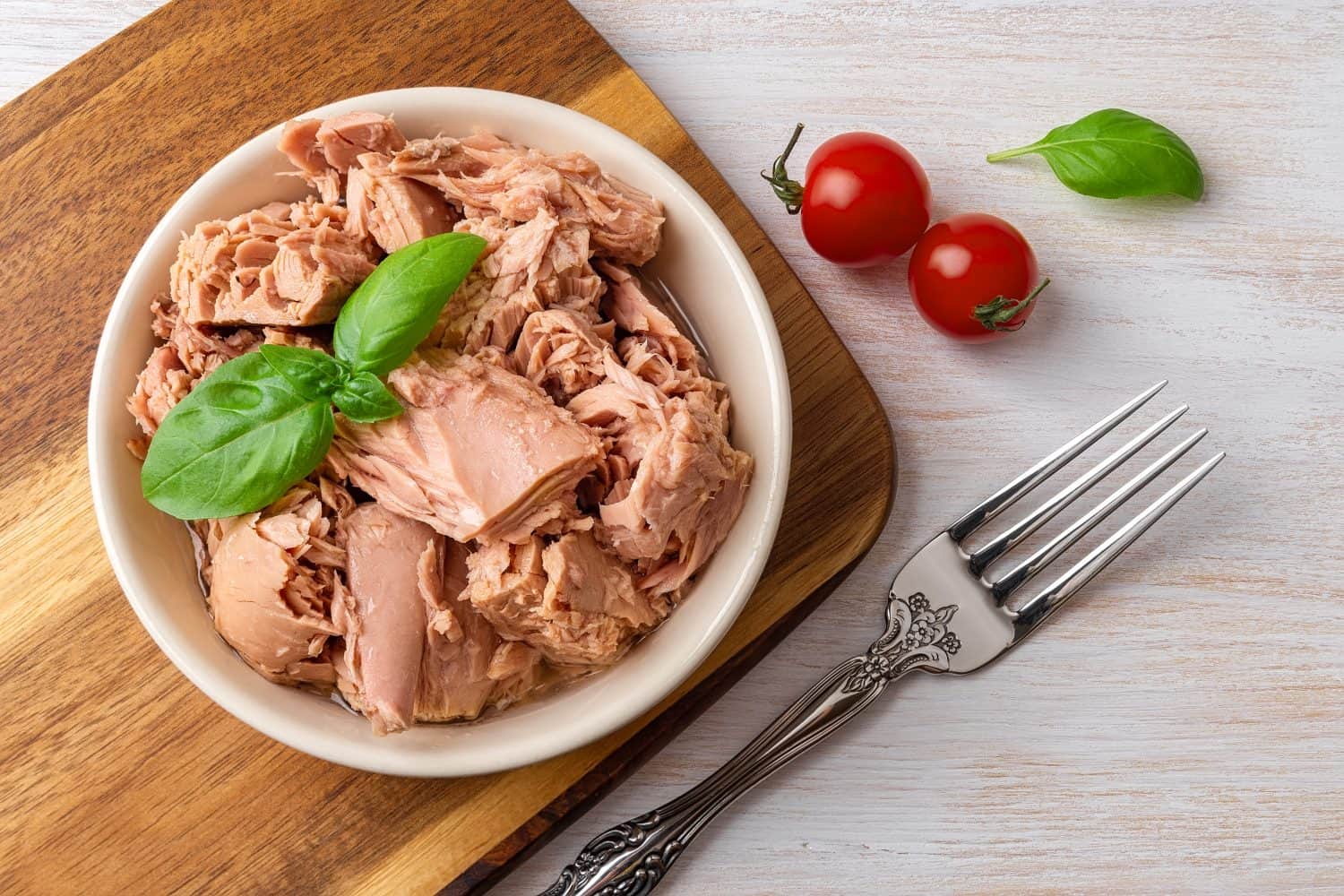
- Average Cost in 1974: (Bumble bee chunk light) $0.49
- Average Cost in 2024: $1.29
Onions
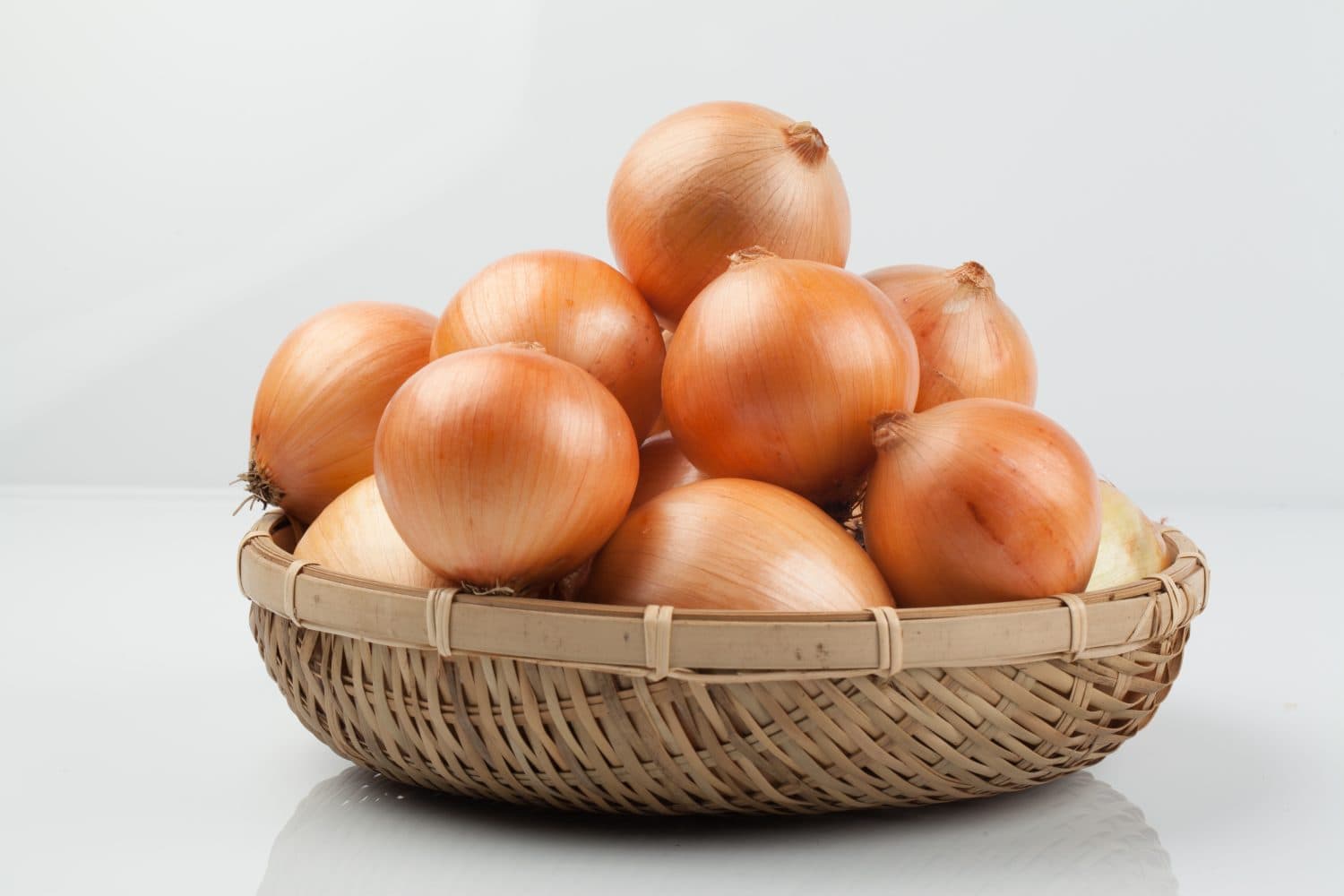
- Average Cost in 1974: $0.49 per three pounds
- Average Cost in 2024: $2.99 per three pounds
Apples
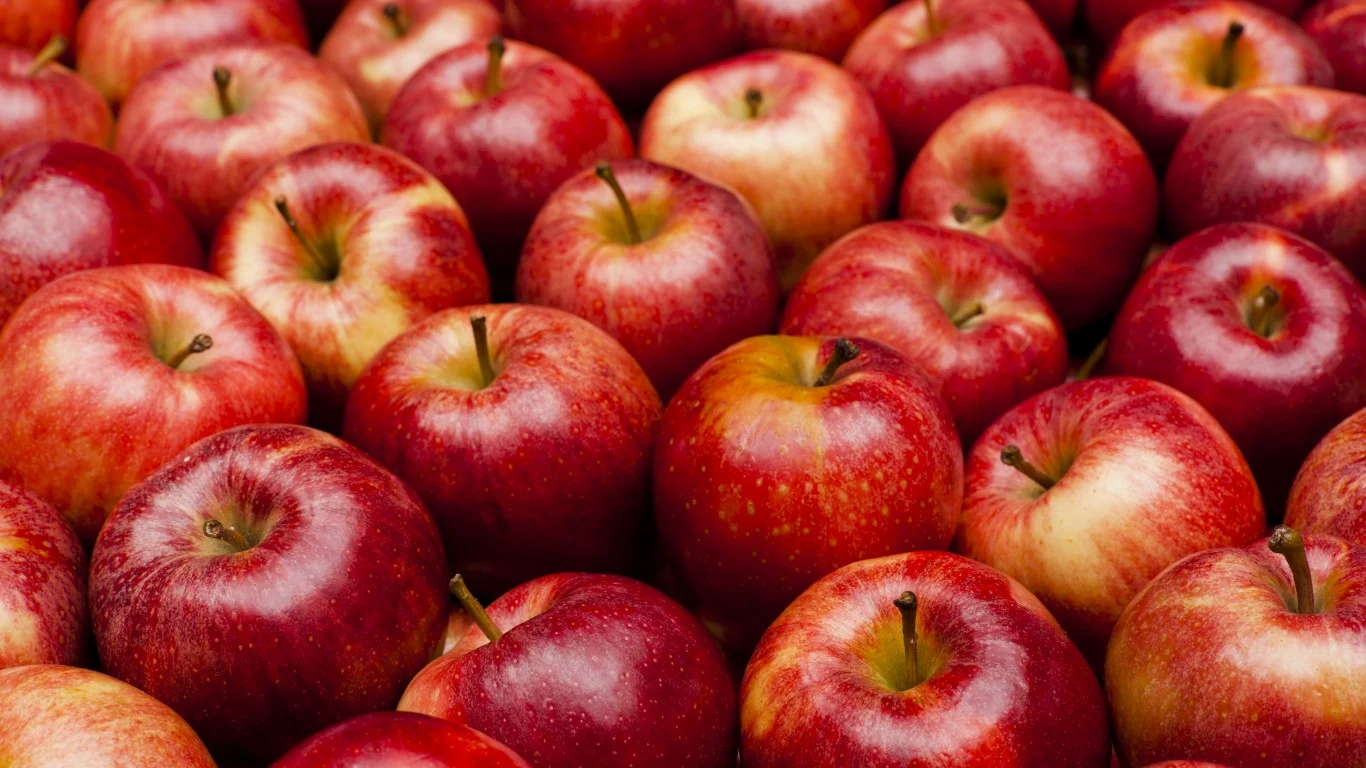
- Average Cost in 1974: $0.59 per pound
- Average Cost in 2024: $1.49 per pound
Chicken
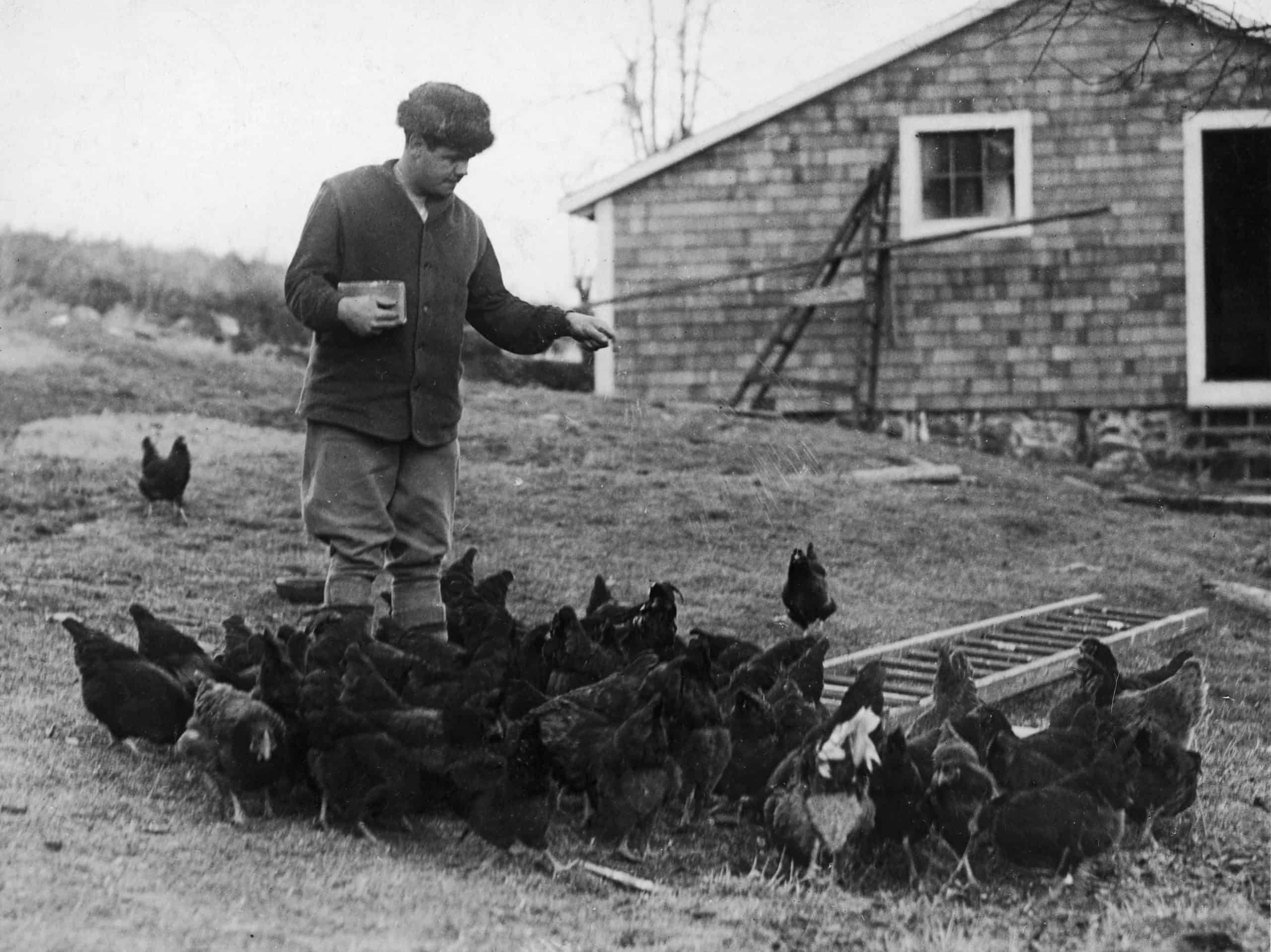
American baseball player Babe Ruth (1895 - 1948) (born George Herman Ruth Jr) feeds chickens on his farm during the off-season, Sudbury, Massachusetts, 1923. (Photo by Keystone/FPG/Getty Images)
- Average Cost in 1974: $0.49 per pound
- Average Cost in 2024: $3.94 per pound
Bananas
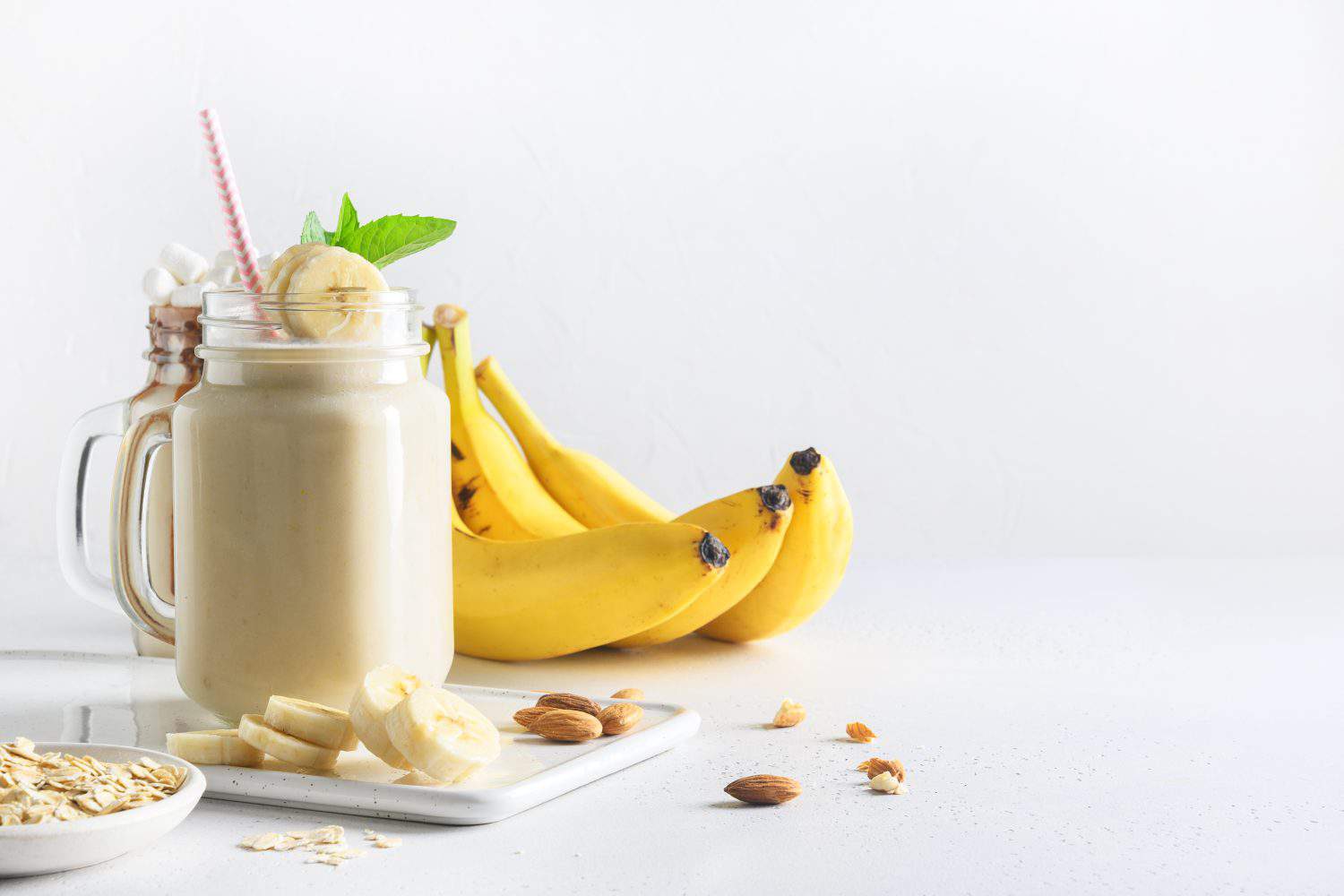
- Average Cost in 1974: $0.12 per pound
- Average Cost in 2024: $.63 per pound
Kraft Singles Cheese

- Average Cost in 1974: $0.89 per 12-ounce package
- Average Cost in 2024: $4.28 per 12-ounce package
Ground Chuck
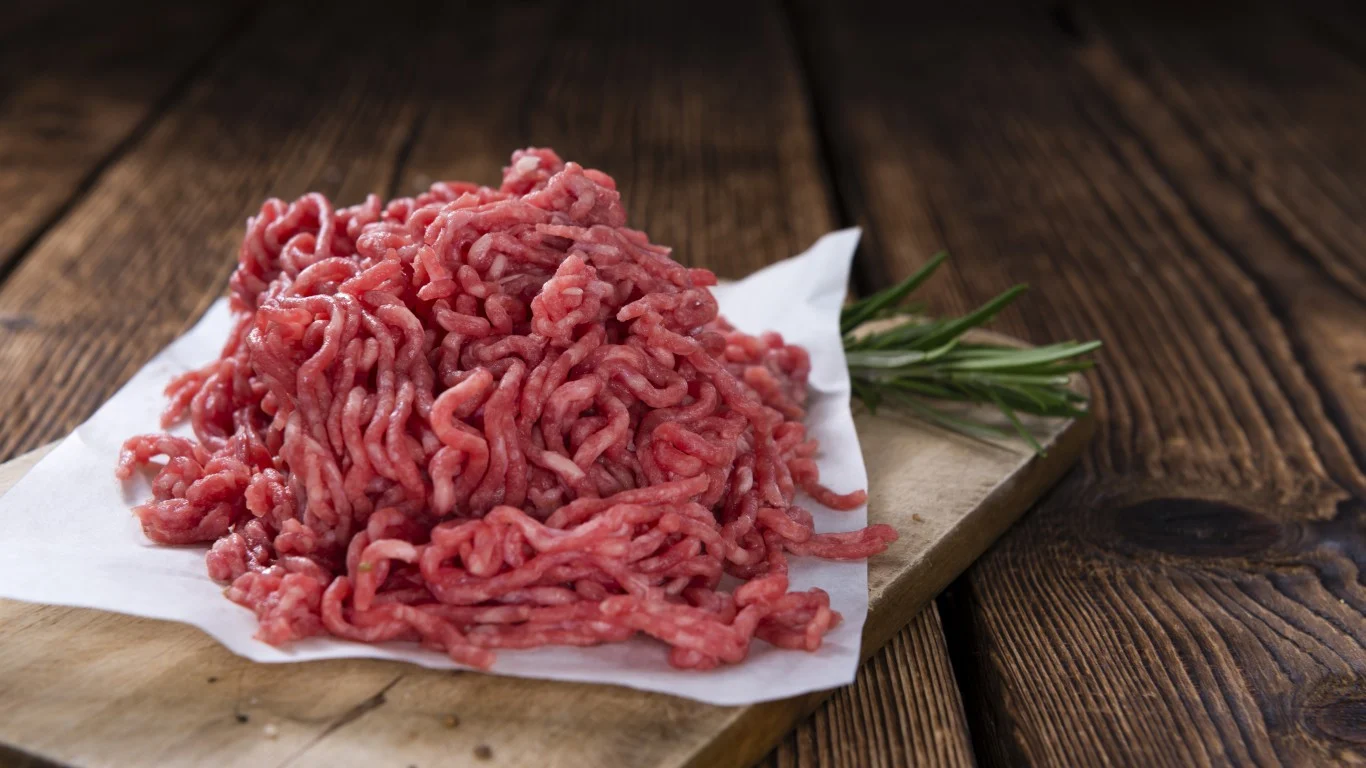
- Average Cost in 1974: $0.64 per pound
- Average Cost in 2024: $5.09 per pound
Bacon
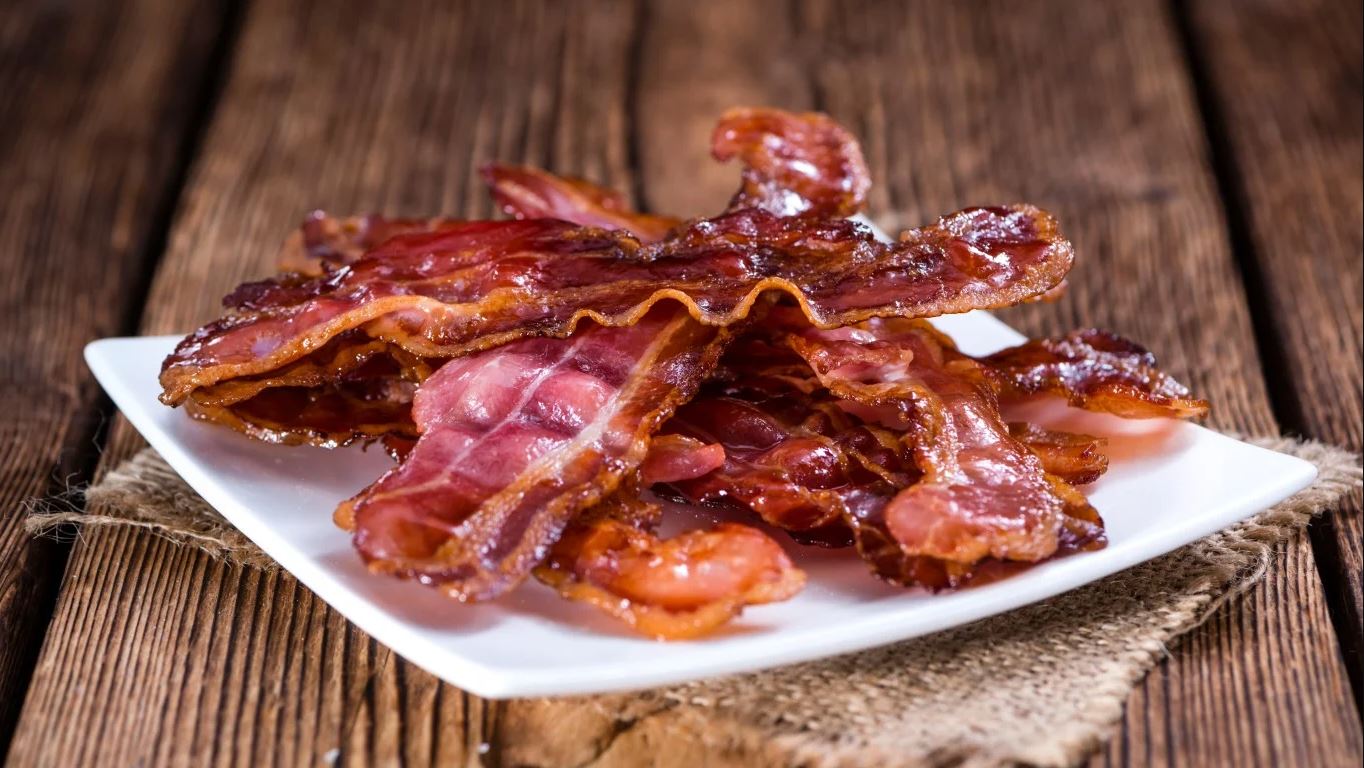
- Average Cost in 1974: $0.99 per pound
- Average Cost in 2024: $4.88 per pound
There were many great aspects of the 1970s including the television shows. Read our list of Famous TV Lines 1970s Kids Still Remember.
